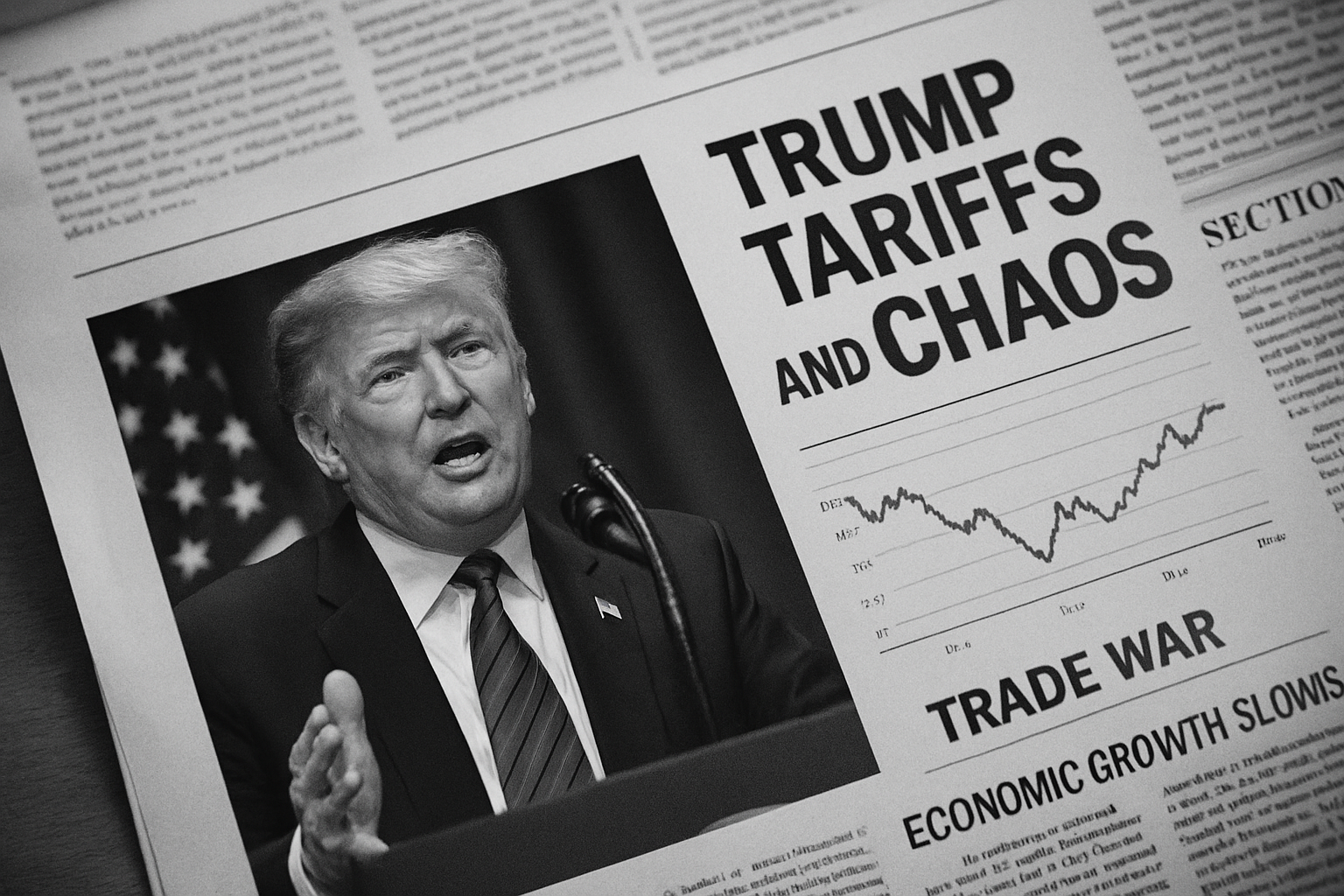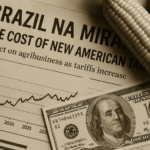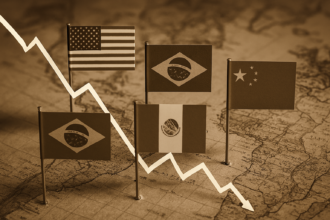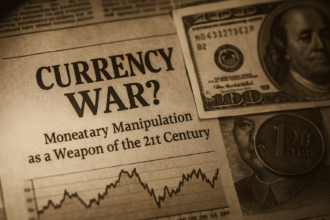In 2017, Donald Trump began his administration with a promise to put America first. In practice, this meant replacing free trade with tariffs, barriers, and threats. In 2025, at the start of his second term, the scenario is repeating itself — but with even more alarming signs.
The new trade war began as a promise of sovereignty, but quickly turned into an instrument of power. Tariffs were reinstated with force, hitting strategic sectors of China, Mexico and even historic partners such as Brazil.
The goal? Recover jobs and industry.
The effect? Inflation, logistical disorganization and diplomatic tensions.
The problem is not just economic. It is ideological. The new American right has abandoned market freedom and embraced interventionism in a new guise: economic nationalism.
As we explained in the article “The slowdown in inflation in the US: what does it hide?”, the effects of Trump’s policies are not contained. They reverberate globally. The attempt to protect the domestic economy produces external instability — and falls on allies, businesses and consumers.
“Protectionism is the weapon of the politician who does not know how to compete.”
– Anonymous quote (popular among liberals)
This is the first post in the series Trade War in the Americas. In the following articles, we will examine how Trump's policies directly affect Brazil, Mexico, China and the dollar as an international benchmark.





